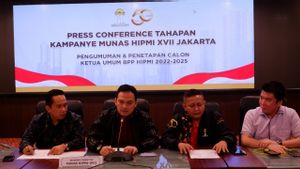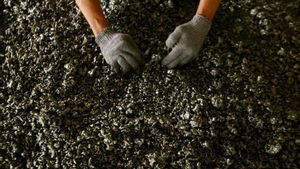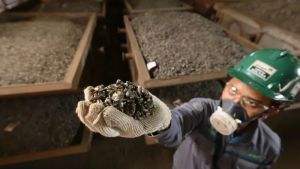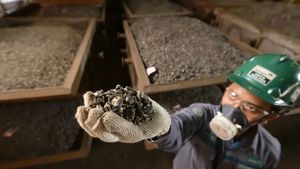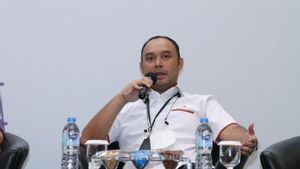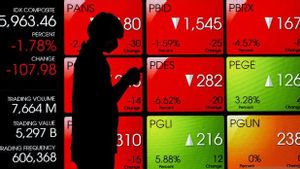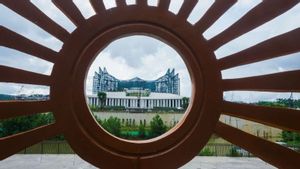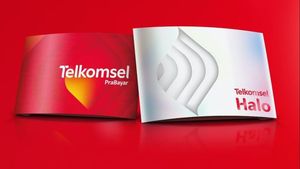YOGYAKARTA - Assets are assets owned by companies or individuals that are tangible or intangible. This time we will study what types of company assets are?
The legacy has different characteristics from other financial reporting components. So that you can identify the activation by looking at its characteristics.
There are also relic characteristics, namely:
Basically, assets are classified into 2, namely smooth assets and non-current assets.
The following is the explanation of each of these types of assets:
Smooth activation
Current assets are a very liquid type of asset. This means that the subtance is very flashy and easy to convert into cash.
Current assets have a cycle or turnover and short efficacy.
Usually, the term of turnover of assets is smooth for 1 year or in one cycle of the company's norms.
Because the circulation is lightning, for example, the assets run out quickly, but after it runs out it will be replaced with capital or other assets.
This condition continues until the end of the period.
Examples of smooth assets such as cash, business receivables, collection wessel, supplies, equipment, short-term investments, expenses paid upfront and income that will still be received.
The Activator Is Not Smooth
Non-current assets are assets that have cycles and a period of efficacy of more than one year.
Assets are not easy to split into 3 parts, namely.
a. Permanent Assets
Permanent assets or tangible assets are capital that has a physical form or form.
Assets are still used and used by the industry for the production of objects or services.
So that the goal of having a fixed asset is not to resell it but to be used in industrial operations.
The assets can still be sold by the industry if the time or age of the benefits of these assets have run out, been damaged, or because there are other problems.
另请阅读:
Examples of fixed assets are land, buildings, buildings, machines, vehicles, and others.
b. Intangible activation
Not only fixed assets, but intangible assets are also classified as types of assets that are not easy.
Unrealized wealth is an asset that is invisible / or not seen in body but has value and benefits for industry.
There are also examples of intangible assets that are goodwill, patents, copyrights, building rights, rental rights, and so on.
c. Long-Term Investment
Investment is a capital that functions with the aim of obtaining wealth growth.
Long-term investments that are interpreted include all long-term investments
done by industry both in the past and in the present.
As an example: Maju Jaya companies invest in joint Prosperous Companies, so that Maju Jaya companies are required to record the investment-shaped assets in the balance sheet report they have.
The above is a description of assets and their types. Assets are a meaningful part of companies or individuals.
Capital can be used as a benchmark for the company's performance performance.
The management of wealth in the company is also a matter of value so that the company's performance continues to progress and achieves goals.
So after knowing the type of company's assets, look at other interesting news on VOI, it's time to revolutionize news!
The English, Chinese, Japanese, Arabic, and French versions are automatically generated by the AI. So there may still be inaccuracies in translating, please always see Indonesian as our main language. (system supported by DigitalSiber.id)





